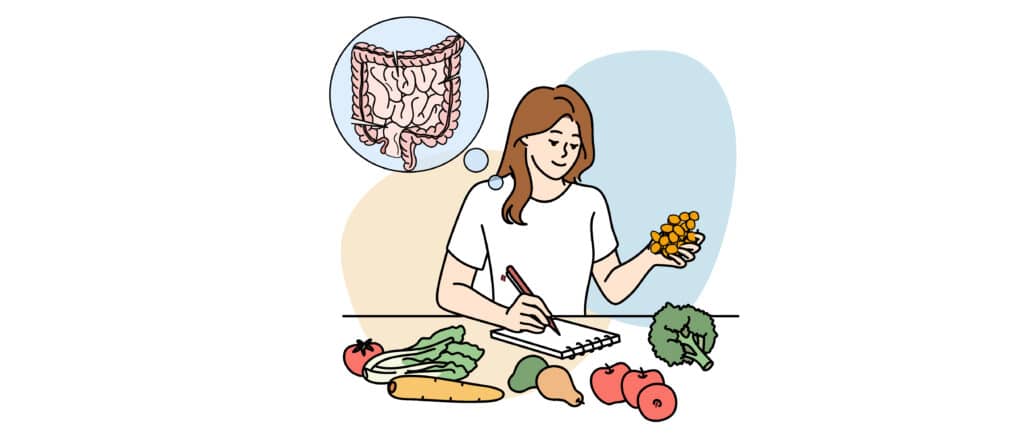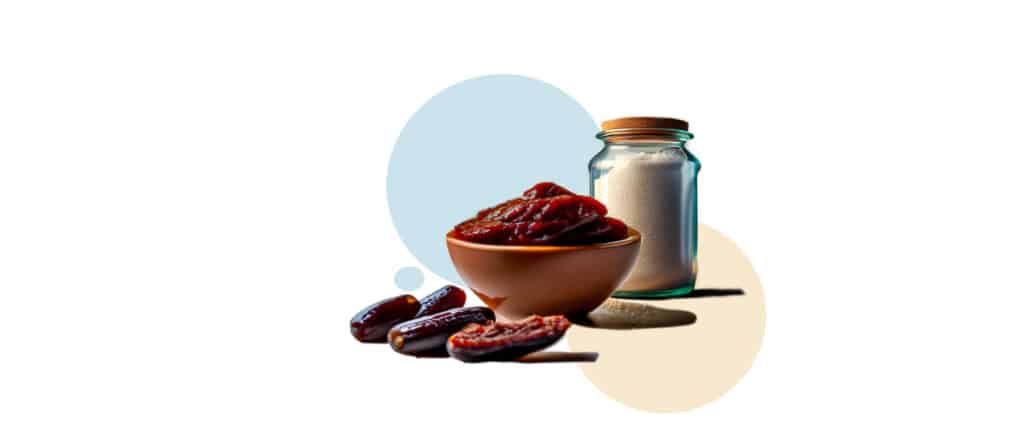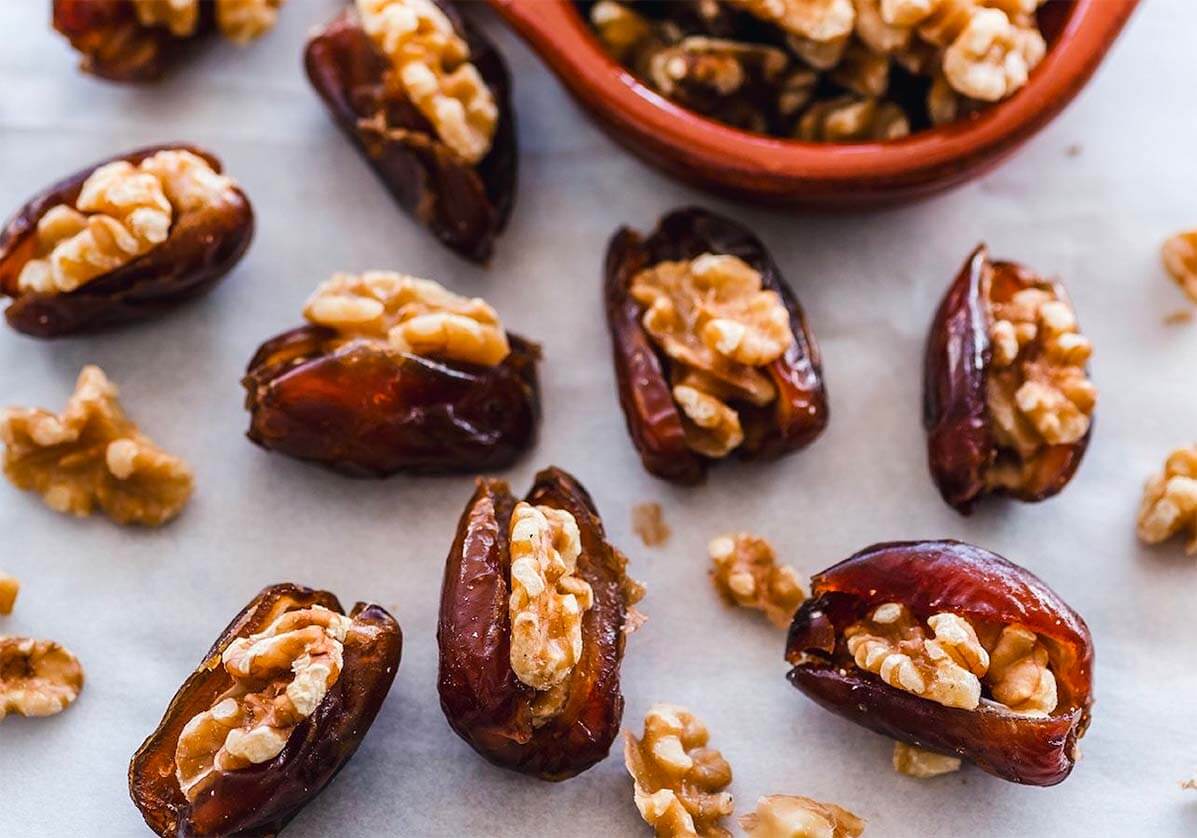Vitamin C Foods List for a Longer, Healthier Life
- Nutrition
- October 11, 2023
- 10 minutes read
- Vitamin C is an essential nutrient that plays a vital role in many important bodily functions.
- The best way to get vitamin C is through food.
- People with certain dietary and lifestyle habits or medical conditions are at increased risk for vitamin C deficiency.
Imagine a world without oranges, grapefruit, lemons, limes, strawberries, broccoli, or tomatoes. A world where people’s wounds don’t heal properly, their immune systems are weakened, and they’re more susceptible to heart disease and stroke. This is the world we would live in without vitamin C.
If you’re concerned about not getting enough vitamin C, you can talk to your doctor about taking a supplement. But the best way to get vitamin C is through food. So make sure to include plenty of fruits and vegetables from the vitamin C foods list in your diet every day.
What is Vitamin C?
Vitamin C is a water-soluble vitamin that is essential for good health. It is an antioxidant, which means it helps protect your cells from damage caused by free radicals. Vitamin C is also important for collagen production, which is a protein that helps keep your skin, bones, and muscles healthy.
Health Function of Vitamin C
Vitamin C is an essential nutrient that plays a vital role in many important bodily functions, including
- Immune function: Vitamin C helps your body fight off infection.
- Wound healing: Vitamin C is needed to produce collagen, which is essential for wound healing.
- Iron absorption: Vitamin C helps your body absorb iron from food.
- Cardiovascular health: Vitamin C may help protect against heart disease and stroke.
Intake Recommendation of Vitamin C
Vitamin C is an essential nutrient that plays a vital role in many bodily functions, including immune function, wound healing, and iron absorption. The recommended daily intake of vitamin C varies depending on age and sex.
The table below shows the recommended daily intake of vitamin C for different age groups
Age | Male | Female | Pregnancy | Lactation |
0-6 months | 40mg | 40mg | – | – |
7-12 months | 50mg | 50mg | – | – |
1-3 years | 15mg | 15mg | – | – |
4-8 years | 25mg | 25mg | – | – |
9-13 years | 45mg | 45mg | – | – |
14-18 years | 75mg | 65mg | 80mg | 115mg |
19+years | 90mg | 75mg | 85mg | 120mg |
Health Risk of Excessive Vitamin C
Taking too much vitamin C is generally safe, but it can cause side effects such as diarrhea, nausea, and vomiting. In very high doses, vitamin C can also cause kidney stones.
Health Risk of Inadequate Vitamin C
Inadequate vitamin C intake can lead to scurvy, which causes symptoms such as fatigue, weakness, and bleeding gums. Scurvy is rare in developed countries, but it can occur in people who eat a very limited diet or who have a medical condition that prevents them from absorbing vitamin C properly.
Groups At Risk for Vitamin C Deficiency
People with certain dietary and lifestyle habits or medical conditions are at increased risk for vitamin C deficiency.
Smokers
Smoking destroys vitamin C, so smokers need to consume more vitamin C than non-smokers to maintain adequate levels.
People with certain medical conditions
Certain medical conditions, such as Crohn’s disease, ulcerative colitis, and cystic fibrosis, can interfere with the absorption of vitamin C. People with these conditions may need to take a vitamin C supplement to ensure they are getting enough.
People who eat a limited diet
Those with food allergies or eating disorders may also be at risk for vitamin C deficiency. It is important for these people to ensure they are eating various make fruits and vegetables to get all the nutrients they need.
People who are pregnant or breastfeeding
Pregnant and breastfeeding women need more vitamin C than non-pregnant women because they are sharing this nutrient with their growing baby. It is important for pregnant and breastfeeding women to consume plenty of vitamin C-rich foods, such as citrus fruits, berries, and broccoli.
Vitamin C Foods List: Have These and Boost Your Immunity!
The best way to get enough vitamin C is to eat a variety of fruits and vegetables. You can also get vitamin C from fortified foods, such as cereals and orange juice.
You can have Vitamin C by consuming the following:
- Citrus fruits (oranges, grapefruits, lemons, limes)
- Berries (strawberries, raspberries, blueberries)
- Cantaloupe
- Kiwi
- Papaya
- Pineapple
- Broccoli
- Brussels sprouts
- Cauliflower
- Collard greens
- Kale
- Mustard greens
- Red bell peppers
- Spinach
- Sweet potatoes
- Tomatoes
The best way to get vitamin C is through food. There are many different fruits and vegetables that are good sources of vitamin C, such as citrus fruits, berries, cruciferous vegetables, and fortified orange juice.
Here is a simple tip: Make half your plate of fruits and vegetables at every meal. This is a great way to ensure that you are getting enough vitamin C and other important nutrients.
By following this simple tip, you can easily get the vitamin C you need to support your overall health and well-being.
Summary
Vitamin C is an essential nutrient that plays a vital role in our health along with vitamin B5, vitamin B9, and vitamin B12. It’s a powerful antioxidant that helps protect our cells from damage, and it’s also important for collagen production, immune function, and iron absorption.
Unfortunately, many people don’t get enough vitamin C in their diet. This can lead to a variety of health problems, including scurvy, fatigue, weakness, and bleeding gums.
The good news is that it’s easy to get enough vitamin C by eating a variety of fruits and vegetables. Citrus fruits, berries, cantaloupe, kiwi, papaya, pineapple, broccoli, Brussels sprouts, cauliflower, collard greens, kale, mustard greens, red bell peppers, spinach, sweet potatoes, and tomatoes are all excellent sources of vitamin C.








